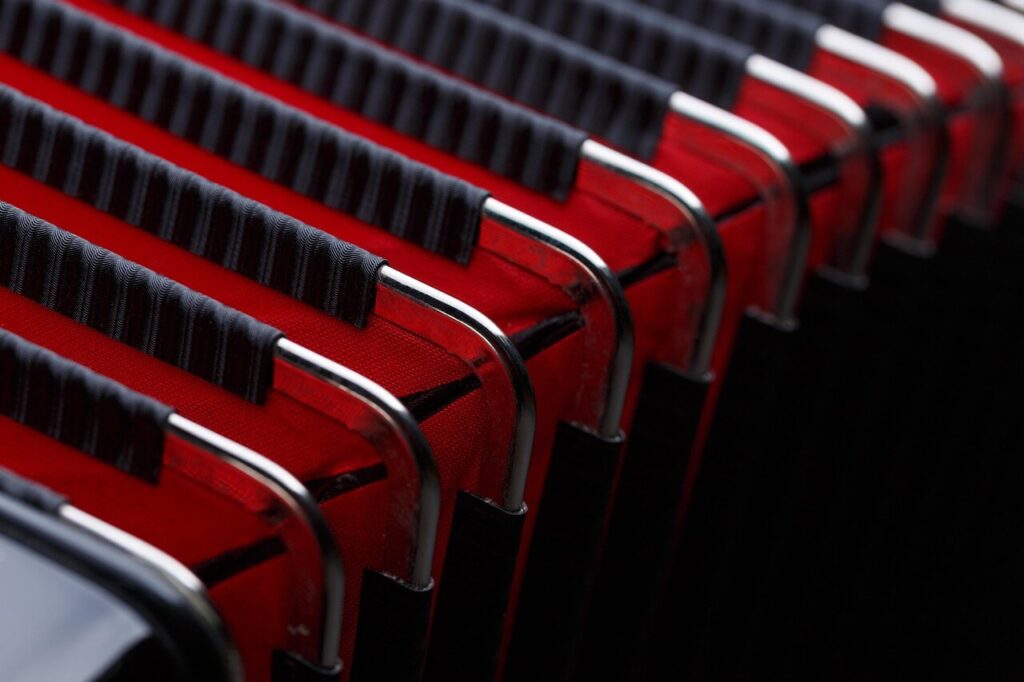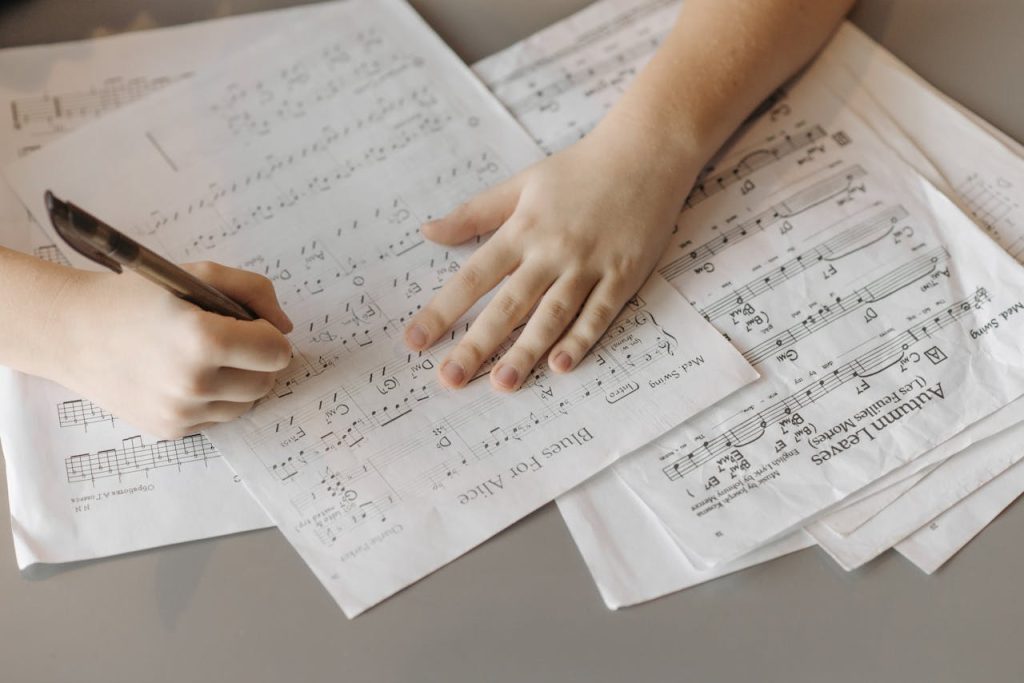One of the most natural ways young students can start to understand music is by thinking of it like a conversation. Just like when we talk to our friends — someone asks a question, and someone else gives an answer — music often follows the same pattern. In piano, we call this idea “question and answer” (sometimes known as “call and response”).
For young beginners, learning about question and answer in music is a fun way to:
- Improve listening skills
- Recognize musical patterns
- Build a sense of phrasing
- Encourage musical creativity
What is a “Musical Question” and “Answer”?
A musical question is usually a short phrase that sounds like it needs something more — it feels “unfinished.” A musical answer follows the question and provides a sense of completion or “closure.”
Even without knowing all the theory, kids can feel the difference between the two. I often tell students:
- A question feels like it’s asking, “What’s next?”
- An answer feels like, “Ah, that’s the end!”
You can even hum or play a simple example:
- Play C-D-E (pause) — it sounds like a question!
- Then play F-E-D-C — and it sounds like an answer.
How We Explore Question and Answer in Lessons
For young beginners, I love to keep it playful and hands-on:
- Echo games: I play a “question” on the piano, and the student tries to “answer” with a short phrase.
- Improvisation: We take turns — I ask a musical question, they create an answer, or vice versa!
- Composition exercises: Students can write a tiny piece with a “question phrase” and an “answer phrase” — even with just a few notes.
- Listening activities: We listen to simple songs and talk about where we hear the questions and answers.
Why It Matters
Introducing young students to question and answer patterns helps them:
- Understand how music communicates feelings
- Become more confident improvisers and composers
- Play more expressively, even in very simple pieces
Even better, it encourages them to listen — not just press the keys!
In Closing
Music is a conversation, and even our youngest students can join in. Teaching “question and answer” gives children the tools to listen, respond, and create, all while making the piano feel like a place for imagination and expression.
Next time your young pianist is at the keys, encourage them to “ask” a question — and see what wonderful musical “answers” they discover!

